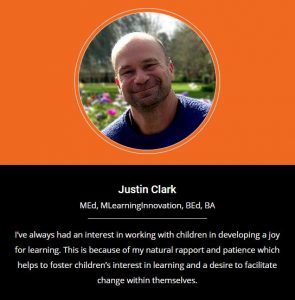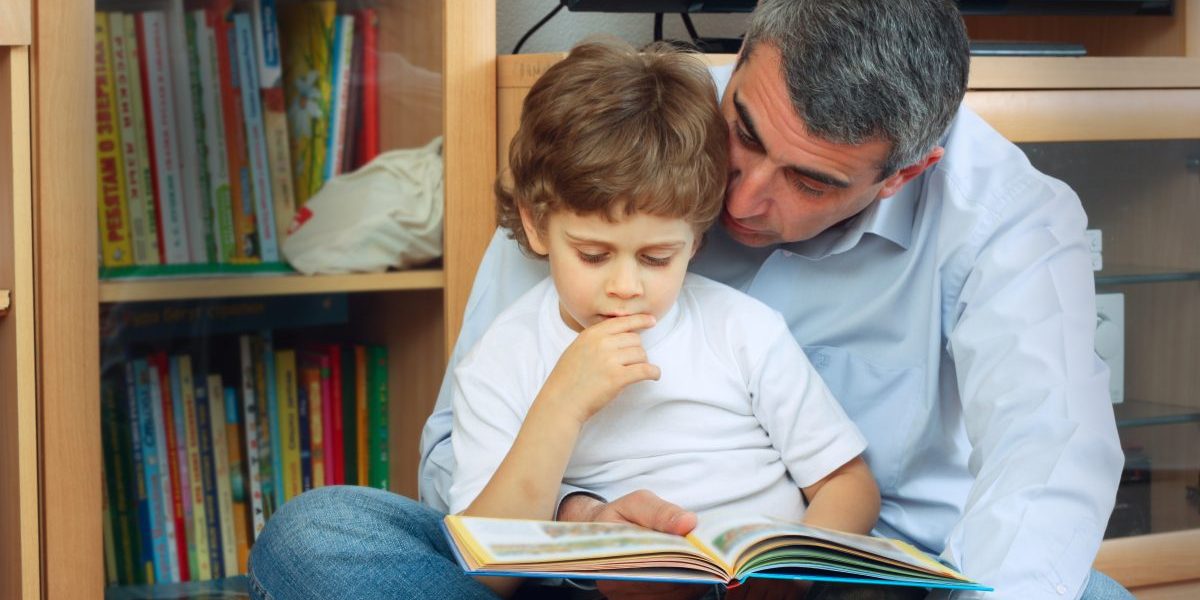by Brisbane Tutor Justin Clark
How to Help Students With Reading Disabilities
How to Help Students in Kindergarten with Reading Disabilities
Many Kindergarten children enter school with poor phonological awareness and this is particularly true for students with learning and reading disabilities. Along with letter-sound knowledge, they may lack general information and word meanings. They may also be unfamiliar with story structure and the cadence or rythmic pattern and pacing of written language. Each of these areas should be addressed in kindergarten and later grades because they will ultimately determine how well a child can read with understanding. The teacher’s challenging task then is to teach each of these curriculum bases. However, if too much of an emphasis is placed on phonics to the exclusion of broader literacy concerns, it may produce good decoders but also produce students who perform poorly in regard to reading comprehension.
As they learn to read, students with reading disabilities are less likely than other students to notice and generalise patterns in the sounds and spelling of the language on their own. These students need two types of scaffolding.
- The first is a careful sequencing of skills so that concepts and skills build gradually upon a strong, coherent foundation.
- The second is an on-going teacher student dialogue that demonstrates directly to the child the kind of processing or thinking that must be done in order to accomplish a particular task successfully.
Smaller Class Sizes
Students who struggle with reading not only need explicit reading instruction, they also need more of it. Therefore, they need more time in reading instruction but also need to be learning in a group that has been reduced in size. Groups then need to be less than four, with the ideal being one-on-one instruction. Students with learning and developmental disabilities benefit from more individualised time with an effective teacher. Class sizes can often be overlooked when it comes to educational results and outcomes. Certain sections of the media will often seize upon countries that have larger class sizes than Australia, such as South Korea and state that despite this they have higher academic outcomes than Australian students. However, what they overlook is the cultural differences in that there are less behavioural problems. As a result, students in South Korea can still thrive despite having larger class sizes. Ideally, overall class sizes in Australia need to be smaller.
Motivational Learning Environments
Another key factor for helping students with reading disabilities is building a motivating and engaging learning environment. Students can only learn from engaging with texts they can read. Therefore, matching the difficulty of a text to the instructional level of the student is critical from the perspective of skills development. Moreover, when students experience success with a text, they are more likely to be motivated to sustain their effort and engagement. Expert teachers construct interesting lessons, they connect reading and writing to content area learning, they provide students with moderately challenging tasks and a variety of interesting book selections and they use positive redirection to manage behaviour. Therefore, they create classrooms where students are already motivated and engaged. This motivation and engagement also stems from having a teacher that respects them, they feel comfortable with and they can trust.
Informed Flexibility
There is no one-size–fits-all approach to students with reading disabilities. Teachers need to be flexible in order to shift methods and materials to meet the needs of the student. For example, when helping a student with reading disabilities , it’s not helpful to be teaching a student about phonemic awareness when their real area of need may involve building their vocabulary, background knowledge in content areas and comprehension. As a result, teachers need to be able to recognise what is working and what isn’t and make ongoing changes in order to help the student. More of the same is rarely the best combination for too long. Learning support too often tends to stabilise students’ reading growth rather than accelerating it.
Collaboration
One final point is the importance of collaboration. Outside experts such as Education Psychologists, Speech Therapists and Educational Consultants can offer valuable advice and teaching strategies for students with reading disabilities and other types of learning and developmental disabilities. However, sometimes teachers can take it personally and see it as a personal criticism of themselves as a teacher, when in reality it’s not about them but the student. As a result, the strategies and techniques can be ignored or not followed through and the student is the one who suffers. Collaboration then is a key factor in providing the best possible outcome for students with reading disabilities.
Justin Clark is a learning difficulties tutor in Brisbane providing help for children with reading difficulties as well as other difficulties such as dyscalculia and for those on the autism spectrum. Contact us today if you are looking for a Tutor in Brisbane or someone who can do remote tutoring.


